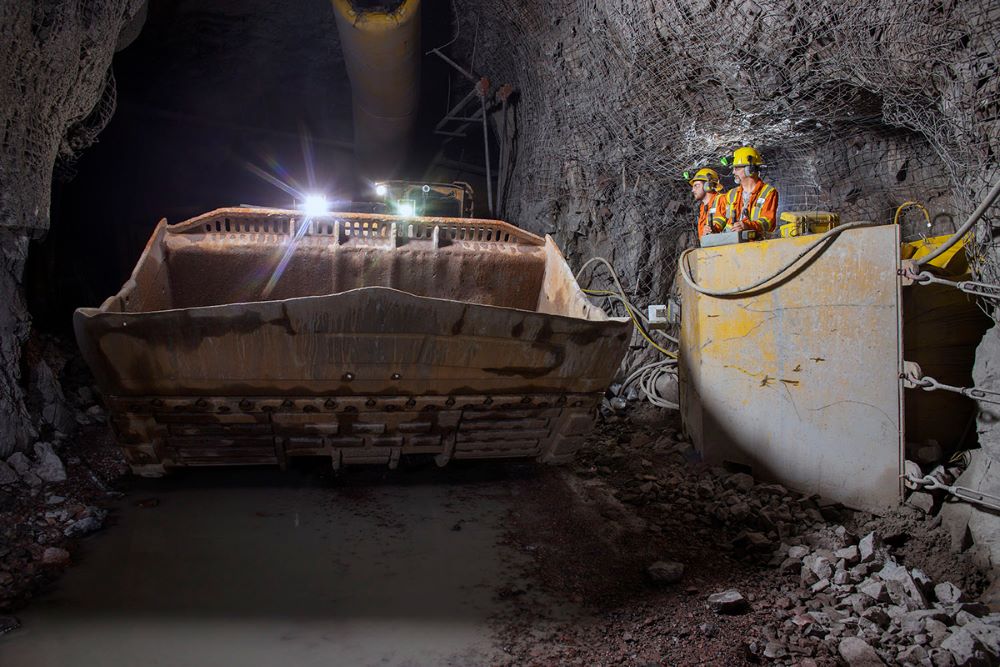Alamos Gold finds 15.84 g/t gold over 6 metres in new zone at Young-Davidson


Alamos Gold (TSX:AGI; NYSE:AGI) has identified a new style of higher-grade gold mineralization at its Young-Davidson mine in northern Ontario, at the 9620-level. The drill program is a follow-up to gold mineralization identified in surface drill holes completed between 2008 to 2010.
The holes are located south of Young-Davidson in the hanging wall. Alamos Gold drilled to the north, through the hanging wall, after a drill hole in the fourth quarter intersected 10.73 g/t gold over 15.55 metres.
To date, the company has drilled 13 holes for 9,591 metres at the 9620-level. The zones are located between 10 and 200 meters south of existing infrastructure.
Here are the highlights of the recent high-grade assays at the 9620-level:
And at the 9500-level:
The newer style of gold mineralization “has the potential to provide meaningful production upside,” company president and CEO John A. McCluskey said in the statement.
Intersected grades are “well above” current mineral reserve grades of 2.31 g/t of gold, the company said.
The 2024 exploration drilling program at Young-Davidson will include 21,600 meters of underground exploration drilling and 1,070 meters of underground exploration development to extend drill platforms on multiple levels. It will focus on extending exploration within the Young-Davidson syenite, which contains the majority of mineral reserves and resources.
The company has budgeted US$12 million for exploration in 2024, an increase from the US$8 million it budgeted in 2023.
Young-Davidson has maintained a 13-year mineral reserve life since 2011, with the deposit open at depth and to the west, McCluskey said.
More information about Alamos Gold’s properties is posted on www.AlamosGold.com.
Comments